Over the last several weeks, the two main political parties, the ruling Saint Lucia Labour Party (SLP) and the Opposition United Workers Party (UWP) have intensified their campaigns ahead of the next General Election. While elections are constitutionally due by November of 2026, many pundits believe that Prime Minister Phillip J Pierre will “ring the bell” before year-end.
The SLP and the UWP have been using various platforms to entice the electorate and fire up their bases over the past few months. The UWP’s Sunday “live” has become a staple, while the SLP has utilised its Sundays to launch new candidates. The parties have also been engaging in several town hall meetings across the island.
These events are political battlegrounds to see which party can attract the largest crowds. Supporters consistently take to social media commenting under the “live” events or photos from the events about the size of the crowds. There have even been accusations from both sides that some photos are AI generated and exaggerate the crowd size.
But does size really matter?
We posed the question to former UN Diplomat and Caribbean Diplomat Earl Huntley who is also the Senior Advisor to the Ministry of External Affairs and a respected political commentator.
“Yes and no,” Huntley replied. “Yes, because it is an indicator that your base is alive and responding to you because if you cannot get your base out you are in trouble. If your base is not coming out, something is wrong so from that point of view crowd matters.”
“But the reason why I say no, is because having big crowds does not necessarily mean that people will come out on the day to vote. In the end, what matters is your machinery on the day to get people to come out to vote.”
Huntley cited the example of the 1982 election when the Progressive Labour Party (PLP) was formed, led by the late George Odlum. “They had the biggest crowds, people followed them to hear what they had to say. However, in the end the UWP won 14 seats and the PLP just one seat, the SLP two. So again I say, yes, the crowds can be a good gauge of your base but it does not mean your base will come out to vote on the day.”
We posed the same question to Nancy Charles, a former UWP candidate and mobilisation officer for the UWP.
“Size is used as a psychological tool by parties to show the masses their support. The tendency for the masses who are undecided is to gravitate to where they think they see more support and that’s the winning side, since no one wants to be on the losing side,” Charles says.
“So when some see a group looking like they have the majority, people may want to move to where they perceive the majority is. What political parties try to do is to emphasise the size of crowds, to say I have more people following me than my opponent, I’m bigger than them so you need to follow me and join the crowd, so that’s all it is, something psychological and not necessarily that there is more genuine support.”
The debates and allegations over crowd size, organic crowd support, AI-generated crowds, the enticement of crowds with food, drinks, T-shirts and even money does not appear to be dissipating.
However, while these make for good political banter and fuel the silly season, many political players suggest the need for parties to engage in more meaningful campaigns pushing for an increase in voter registration as well as voter participation in the democratic process.
The last four general elections held in Saint Lucia have all been marked by low voter turnout, a reflection of growing voter apathy.
According to Global Data on Parliaments, in 2021 out of the 162 932 registered voters, only 88 267 turned out to vote — a 54.2 per cent voter turnout.
Of this figure the SLP received 43 799 or 50.14 per cent of the votes to the UWP’s 37 481 or 42.91 per cent. The two successful independent candidates amassed 6.65 per cent while the National Green Party 0.31 per cent.
While we acknowledge that low voter turnout now appears to be a global trend, in this age of democracy where the majority should rule, we believe that for this to be truly reflected, more people must exercise their democratic right to vote.
In the dissertation Consequences of Low Turnout by Georg Lutz and Michael Marsh, it is noted: “as turnout falls, concerns about the functioning of democracy are rising.” The article goes on to quote the Dutch-American political scientist Arend Lijphart as citing low turnout as a serious democratic problem and democracy’s unresolved dilemma. “…The reason being that it makes the operation of electoral democracy unequal: some voices are heard and others are silent.”
In this electoral process of ours, silence is not consent and every effort must be explored to have more voices heard.




